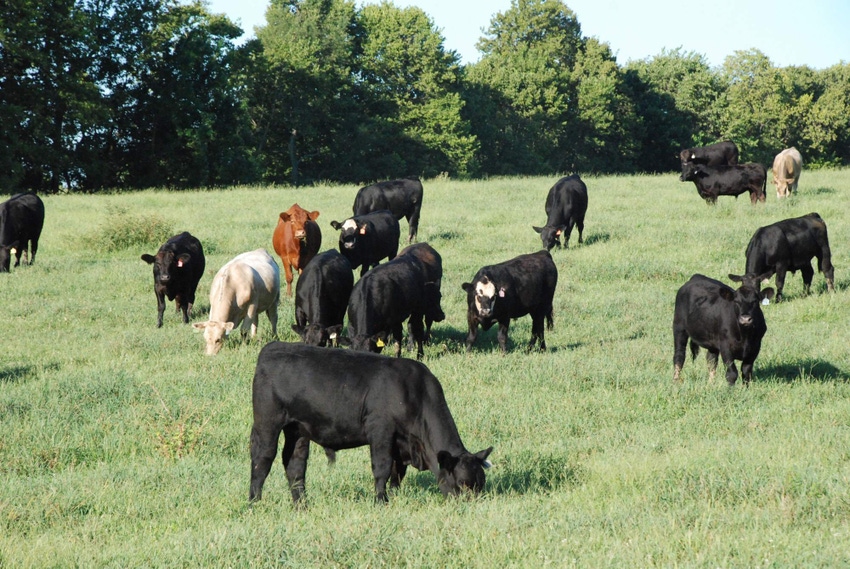Your veterinarian’s role in responsible antibiotic use
For beef producers, the veterinarian plays a central role
June 27, 2017

Source: Zoetis
In caring for cattle, responsible use of antibiotics involves many things and people, but there’s one person who should continue to be part of these decisions — your veterinarian.
“As veterinarians, we have an ethical responsibility to make sure that we preserve the efficacy of antibiotics for future generations and ensure continued access to certain classes of antibiotics in food animals,” says Robin Falkner, DVM, managing veterinarian at Zoetis. “We use our medical training when we prescribe these medicines to restore or maintain animal health and well-being, and we take the responsibility of using them very seriously.”
Veterinarians strive to prescribe antibiotics in a responsible way to not only help treat infections but also to help reduce the unintended risk of antimicrobial resistance. This includes helping producers:
Decrease the need to use antibiotics. Doing things to help keep animals from ever getting sick is our top priority, Falkner says. This means looking at disease management and making tweaks that can help prevent disease outbreaks.
Ensure antibiotics are used only when they are needed. Antibiotics are only effective against bacterial infection. Veterinarians help identify if a bacterial disease is present or likely to be present, and then can recommend the right antibiotic to help address the disease challenge. For instance, there are four key bacterial pathogens associated with bovine respiratory disease, and we can recommend an antibiotic that will be effective against these pathogens, Falkner says.
Reduce the need for additional antibiotic treatments. Animals sometimes get sick, so when we do need to treat these animals, our priority becomes getting the highest treatment success, according to Falkner. If you have the right antibiotic that works the first time, you can use fewer antibiotics and have fewer animals exposed to multiple classes of antibiotics.
Avoid antibiotic residues in meat. Proper administration and following label instructions are important to ensure product efficacy and safety. This means reviewing treatment protocols with your veterinarian about the correct dose, route of administration and adhering to proper withdrawal times.
See the results of a good relationship.
“What I find is, when the veterinarian understands what’s important to the producer in the long-term, the veterinarian can make recommendations beyond just treating the immediate animal that’s sick,” Falkner says. “It takes effort, and the intent of both parties, to develop that type of relationship and see the results that this relationship can bring.”
For Brenda Paul, owner at Timberlawn Farm in Paris, Ky and winner of BEEF’s 2016 National Stocker Award, it means she can keep making improvements. Having a veterinarian’s input enhances animal health decisions that can help maintain the responsible use of antibiotics.
“An outside opinion is a very helpful thing to have,” Paul says. “We’re constantly evaluating what’s working, what’s not working and what changes we need to make.”
Her veterinarian helps in evaluating data to see if they’re heading in the right direction, if there’s a treatment need, or if they need a change in the protocol.
“We’ve been working together on developing this program over all the years we’ve been in the business,” Paul says. “And that will continue for many years.”
You May Also Like


.png?width=300&auto=webp&quality=80&disable=upscale)
